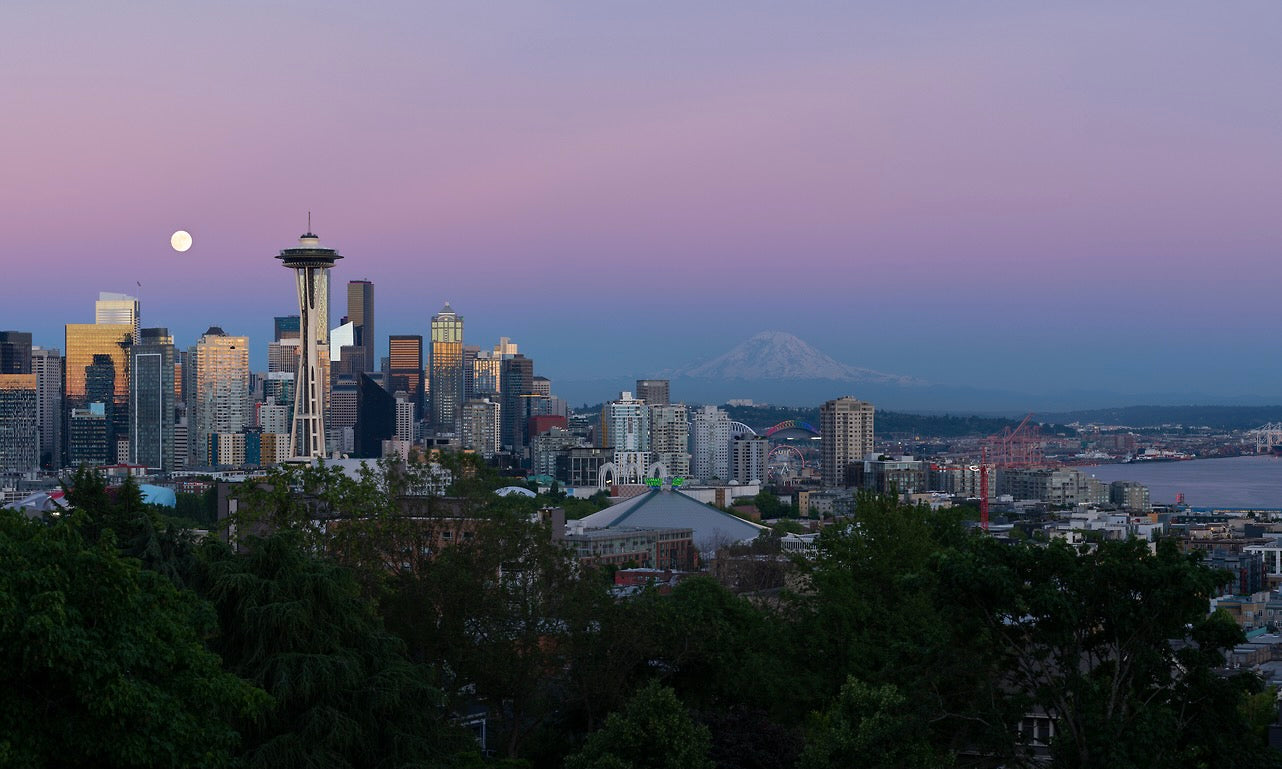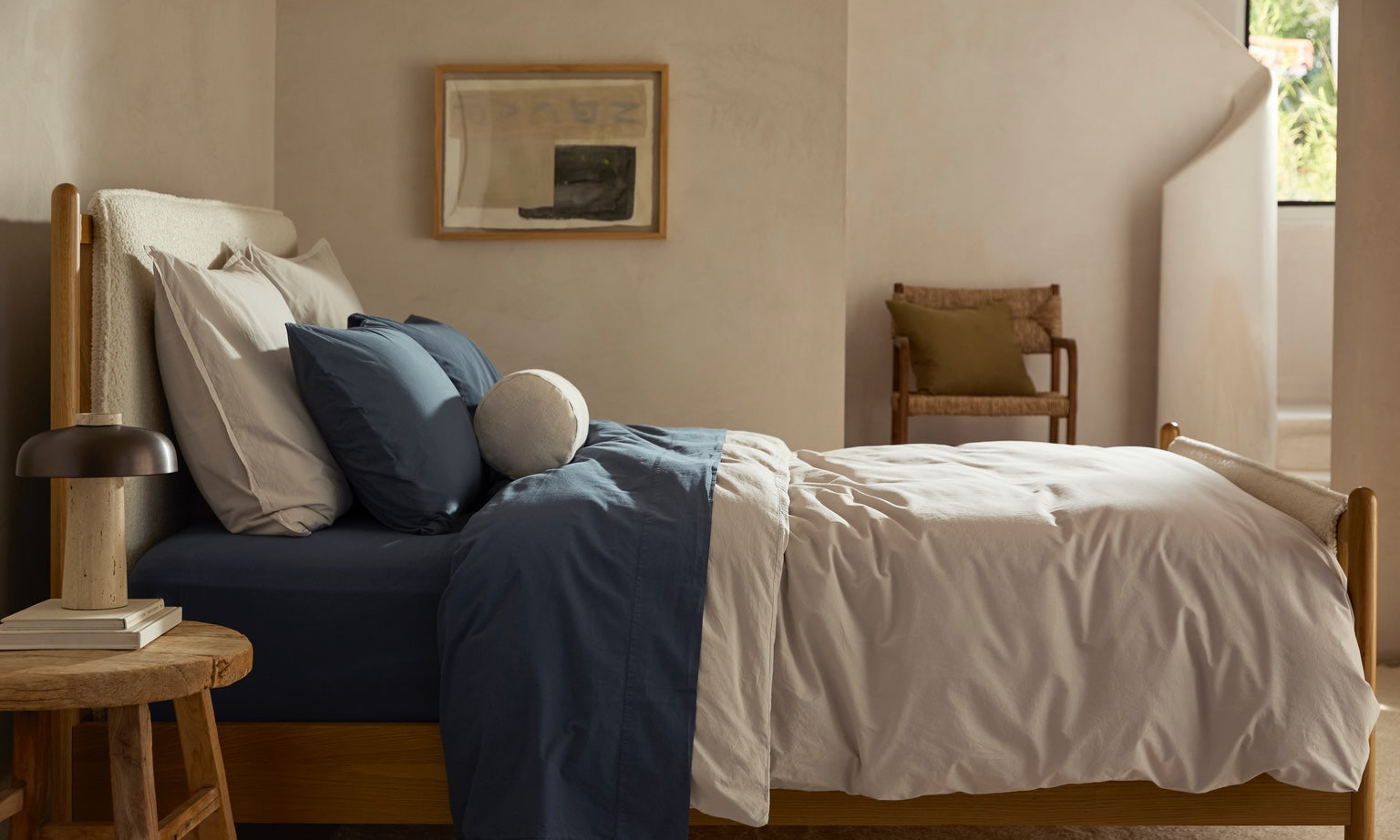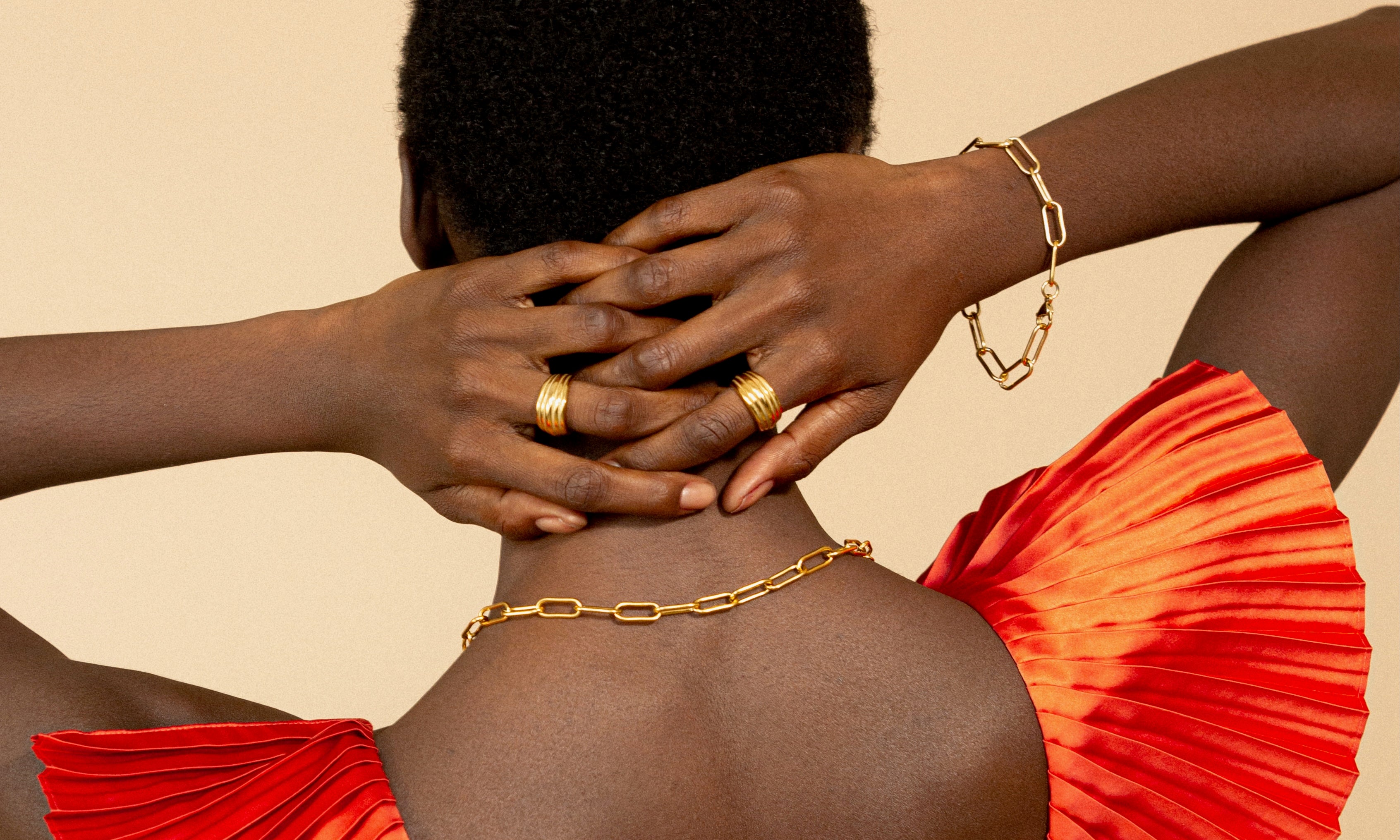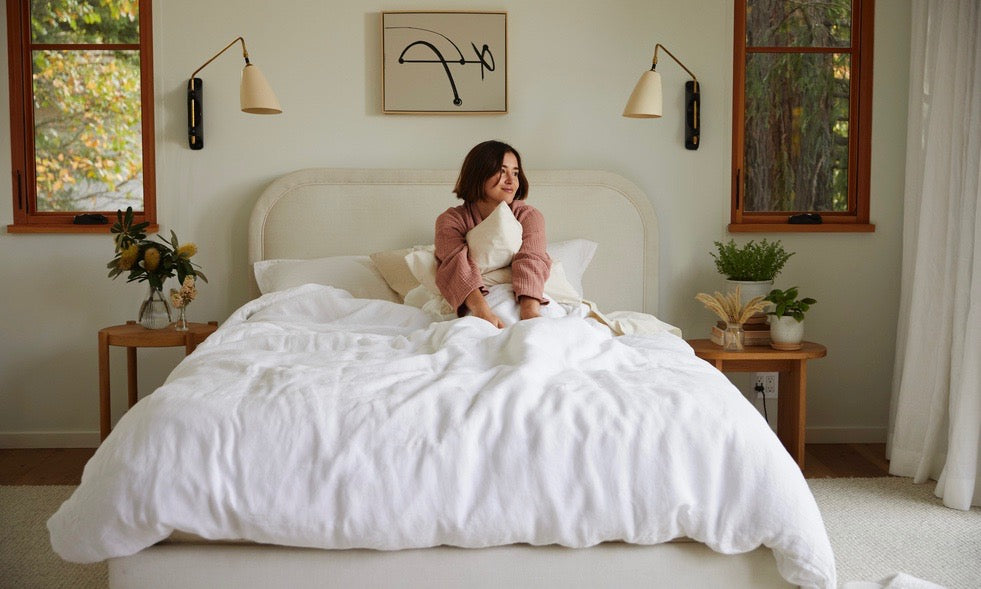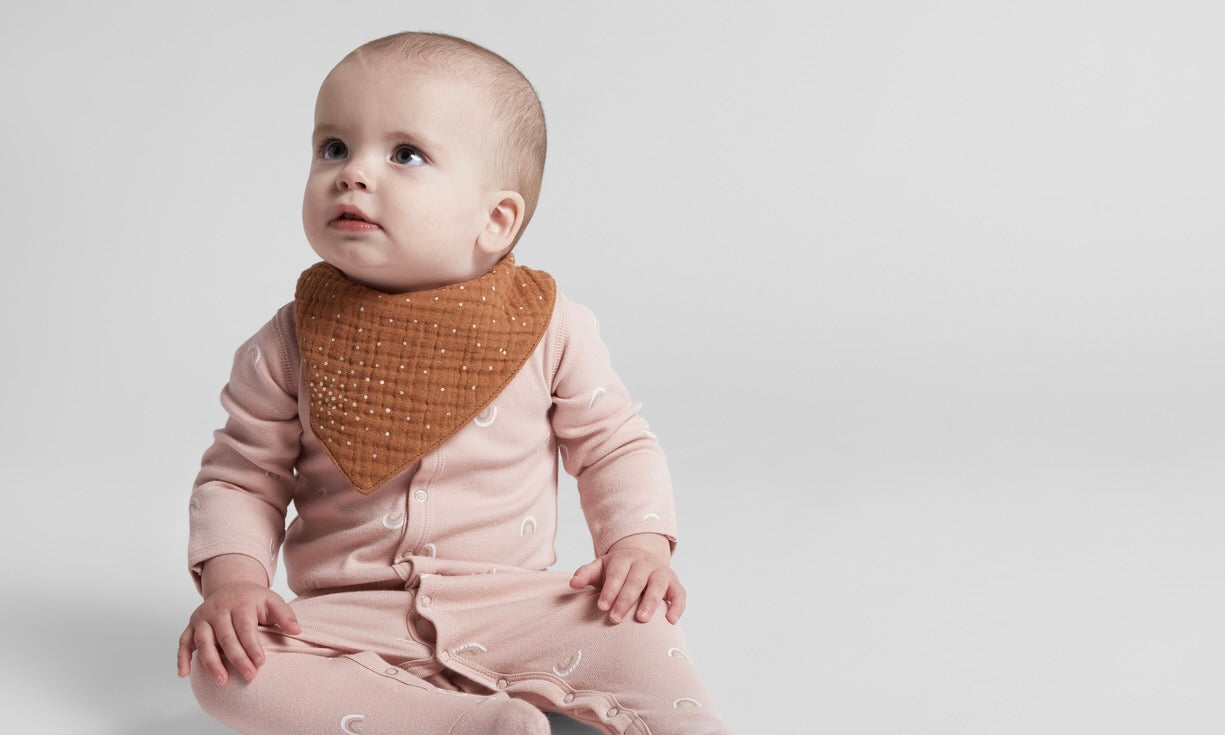
Baby Bibs & Burp Cloths: Everything to Know
So what are baby bibs, exactly, and what is a burp cloth? When do babies need them, how many do they need, and for how long? Keep reading for answers to these questions, along with buying tips and helpful guidance on using these essential items.
The baby market is saturated with items touted as must-haves. As a new parent or soon-to-be parent, it can be hard to wade through the muck and figure out what you actually need. But we're here to tell you that bibs and burp cloths are two things you'll definitely want to have on hand.
So what are baby bibs, exactly, and what is a burp cloth? When do babies need them, how many do they need, and for how long? Keep reading for answers to these questions, along with buying tips and helpful guidance on using these essential items.
What Are Baby Bibs?
Baby bibs are worn around the neck to protect baby’s clothes from spilled food. Kiddos under two are famously messy eaters, whether it's spoon-fed purée or mashed potatoes. You can count on them to find a way to get their food all over, and bibs help you avoid changing their clothes after each meal.
Bibs are traditionally made of cloth, and they secure around the neck with snaps, buttons or velcro. Fabrics tend to be comfortable and are conveniently machine-washable. There are also silicone bibs, which are usually dishwasher-safe but much stiffer than their cloth counterparts.
Drool Bibs vs. Feeding Bibs: What's the Difference?When people talk about bibs for babies, they're typically referring to the type used for eating. However, drool bibs are another popular category, and it's good to know the difference when shopping around.
Feeding bibs protect an infant's clothes from spills and smears while eating. Drool bibs, on the other hand, are meant to catch and absorb the continuous stream of saliva that comes out of your little one's mouth.
Also known as dribble bibs, these bibs help keep shirts and onesies dry underneath and prevent unnecessary outfit changes throughout the day. This type of bib can be worn all day as long as the baby doesn't mind the additional layer.
Of course, not all babies are droolers — at least not enough that they need to wear a bib all the time. Having said that, drool bibs can also be useful during the teething stage, as cloth tends to be a safe and satisfying material to chew on.
Do Newborns Need Bibs?Some parents use bibs for newborns, though you might not need them until your infant is slightly older. As noted, drool bibs can come in handy for babies that produce lots of saliva.
Cloth bibs can also be useful when breastfeeding and bottle feeding, as they protect your baby's clothes from inevitable dribbles. Other than that, some babies wear bibs when they begin teething at around four to six months.
Want more tips for this early infant stage? See our guide on Newborn Sleeping Habits.
When Do Babies Need Bibs for Eating?Babies start wearing bibs when they're first introduced to solid foods. Every child is different, but for many, the transition happens around the six-month mark.
How to Use a Baby Bib for FeedingFeeding bibs are pretty simple to use. Just drape the cloth over your baby's chest, then gently bring the ends around their neck. Make sure it's not too tight, then secure the bib in the back. When your little one is done eating, set it aside for the next meal or toss it in the laundry.
For wash and care tips, learn the Best Way to Wash, Dry, and Care for Baby Bedding and Baby Towels.
How Long Do Babies and Toddlers Use Bibs?Parents often use feeding bibs from around six months to about two years of age, to handle spills. Drool bibs are typically used earlier on. Some newborns begin using drool bibs at just a few weeks old and may continue using them until they stop breastfeeding or when most of their teeth come in.
How Many Baby Bibs Does a Baby Need?The number of bibs depends on what you use them for and on your baby. Once your child begins eating solid foods, you'll probably need at least one feeding bib per day. If you do laundry twice a week, four may suffice, but if you wash your baby linens weekly, you might want seven or eight.
The same math applies to drool bibs. If your kiddo wears one daily, you'll want to have enough to get you through between laundry loads. And for particularly messy eaters and heavy droolers, you're wise to keep a few extra bibs on hand.
What Is a Baby Hooded Towel? Can Babies Use Regular Towels? Learn more about this infant essential in our blog.
What Is a Burp Cloth?
A burp cloth is a piece of fabric you drape over your shoulder while burping a baby. Sometimes called a burp rag, it catches milk dribble and spit-up, protecting your clothes. Depending on the size of a burp cloth, you might keep a small stack on your feeding chair or a couple in your diaper bag.
How to Use Burp ClothsLike bibs, it's very easy to use a burp cloth for a baby. After milk-feeding, drape the cloth over your shoulder, then prop up your baby so they're facing your cloth-covered shoulder. Next, gently pat their back until they burp. If they drool or spit up, it should land on the burp cloth instead of your clothes.
Burp rags can also come in handy during the milk-feeding process. You might drape it over your lap or arm or reach for one when you need to dab milk from your little one's mouth. As a new parent, you'll always be glad to have a spare cloth at arm's length.
How Long Do Babies Need Burp Cloths?Babies usually need burp cloths for as long as they're fed by bottle or breast. It's different for every child, but they get most of their sustenance from milk until about 12 months of age. While many children continue drinking milk after their first birthday, they may not still need to be burped each time.
How Many Burp Cloths Do I Need?During the milk-feeding stage, you'll probably go through about one burp cloth per day — potentially more, depending on how soiled they get. As with bibs, it's a good idea to have enough to hold you over until your next laundry day.
Shopping for someone else? Here's what to consider when Welcoming a Baby and New Parents Home.
The Best Materials for Baby Bibs and Burp Cloths
The best materials for baby bibs and burp cloths are naturally sourced fabrics that are soft, absorbent, breathable and machine-washable. Many new parents opt for organic cotton and Oeko-Tex certified linens for peace of mind about what comes into contact with their babies' skin. Here's what to know.
Organic CottonOrganic cotton is sourced from cotton plants grown in organic soil without synthetic fertilizer, pesticides or other toxic substances. The inherently soft fabric is gentle and safe for even the most sensitive skin, making it a top choice for baby products.
What Is Organic Cotton? Read our blog to learn more about this sustainable textile.
Oeko-Tex Certified CottonWhen shopping for bibs and burp cloths, look for the Oeko-Tex Standard 100 label. The certification ensures textiles are free from upwards of 100 substances that could harm your baby or the environment.
Check out our articles for a deep dive into this fabric certification and popular Oeko-Tex products:
What Is Oeko-Tex? Everything to Know About This Textile Certification
Best Oeko-Tex Bed Sheets, Towels, Curtains, & More
Where to Buy the Best Baby Products and Nursery Decor
Parachute carries high-quality bandana bib sets for little droolers and developing eaters. Featuring cute prints and snap closures, they're made up of multiple layers of gauzy cotton to ensure softness and breathability.
This burp cloth set is made of the same fluffy cotton fabric as the bibs, and it's Oeko-Tex certified to ensure the material is safe against your child's delicate skin. Bibs and burp cloths from Parachute are all conveniently machine-washable too.
Other Baby and Nursery Essentials to ConsiderWhen you browse the selection of baby essentials at Parachute, you'll find much more than bibs and burp rags. The collection includes terry washcloths, crib sheets, blankets, nursery furniture, hooded baby towels, toddler pillows, rattles and charming stuffed animals, to name just a few.
Shop the baby collection today!
Read Next:
Baby Pillow and Blanket Guide: When Can Newborns Sleep With a Pillow and Blanket?
Baby Bath Guide: How to Bathe Your Newborn Baby
Organic Clothing Guide: What Natural Clothes to Buy for You and Your Kids
When Should Your Baby Transition From Crib to Toddler Bed?
Welcoming a Baby and New Parents Home
What is a Hooded Baby Towel? How Many Should You Have?
Tips for Gifting Linens on Special Occasions
Eco-Friendly Home Essentials for You and Your Family
Best Organic Bed Sheets: What to Look for in Sustainable Sheets
Best Organic Pillowcases: What to Look for in Sustainable Shams and Pillowcases
Organic Bathroom Essentials for a Sustainable Home
Best Organic Towels: What to Look for in Sustainable Bath Towels
Best Organic Robes: What to Look for in Sustainable Bathrobes





